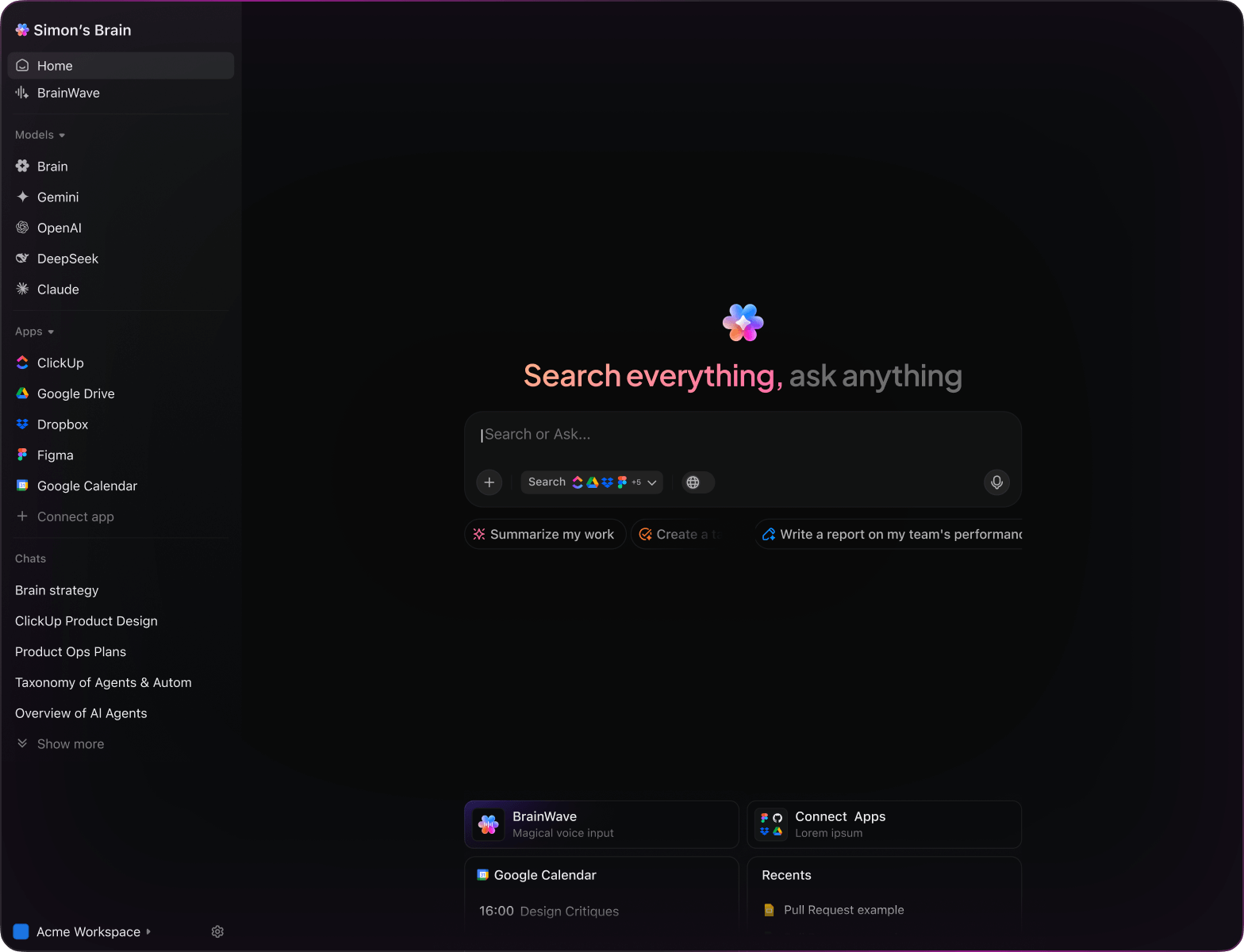Critical Path Method Insights
Top AI Prompts for Critical Path Method
Master project timelines, identify key tasks, and elevate your scheduling precision using ClickUp AI.
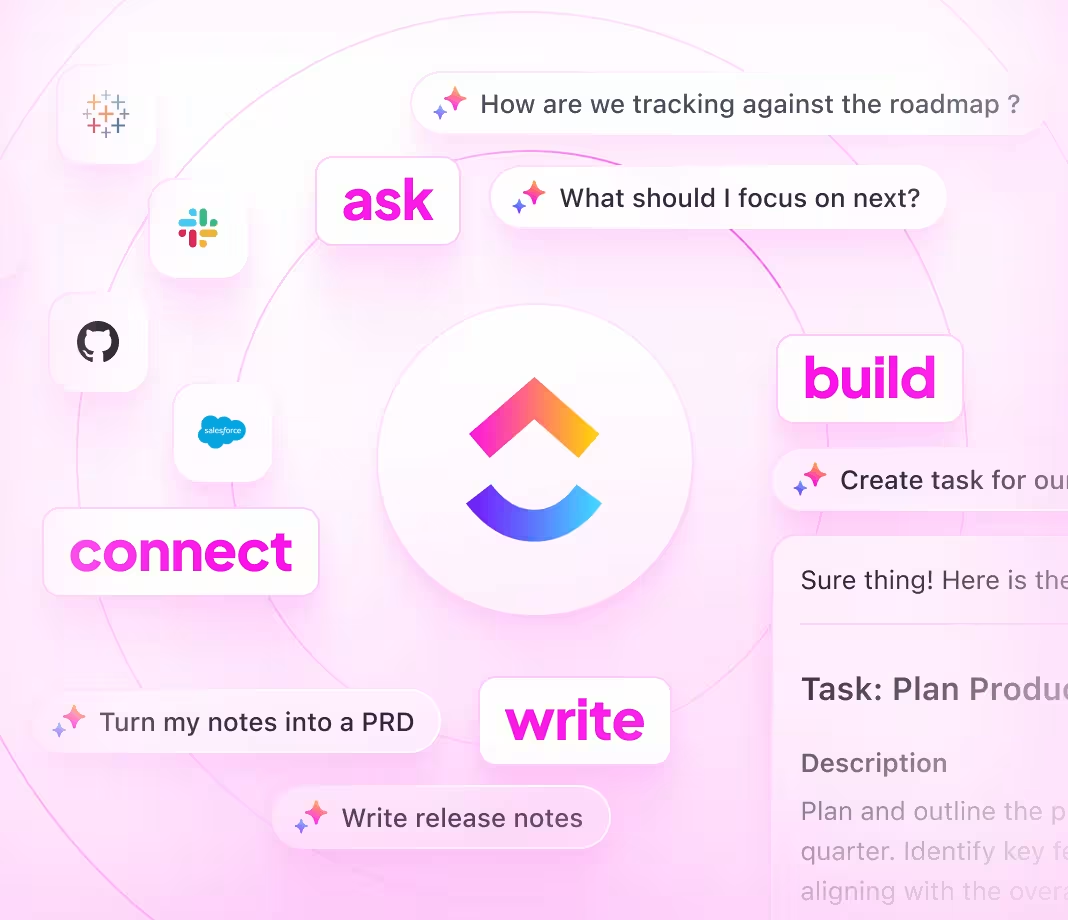
Trusted by the world’s leading businesses
AI Empowering Project Scheduling
Harness AI Prompts to Master Critical Path Method in ClickUp Brain
Managing complex projects means juggling countless tasks, deadlines, and dependencies.
Critical Path Method (CPM) is a proven technique to identify the sequence of essential activities that determine project duration. Yet, manually tracking these paths can be overwhelming.
With AI prompts integrated into ClickUp Brain, teams can:
- Quickly pinpoint critical tasks and dependencies
- Generate detailed project timelines from brief inputs
- Translate project notes into clear action plans and schedules
- Automate updates to reflect changes in task priorities or durations
Embedded within familiar tools like docs, boards, and task lists, AI in ClickUp Brain transforms scattered project data into a cohesive, prioritized roadmap that keeps teams aligned and projects on track.
ClickUp Brain Compared to Conventional Solutions
Discover Why ClickUp Brain Stands Out
ClickUp Brain integrates seamlessly, understands your context, and empowers you to focus on results instead of explanations.
Conventional AI Platforms
- Constantly toggling between apps to collect information
- Repeating your objectives with every query
- Receiving generic, irrelevant feedback
- Hunting through numerous apps to locate a single document
- Interacting with AI that only processes input passively
- Manually switching among different AI models
- Merely another browser add-on
ClickUp Brain
- Deeply connected to your tasks, documents, and team communications
- Retains your project history and objectives
- Provides detailed, context-driven guidance
- Searches across all your integrated tools effortlessly
- Supports voice commands with Talk to Text
- Automatically selects the optimal AI model: GPT, Claude, Gemini
- Dedicated desktop app for Mac & Windows designed for efficiency
Critical Path Method Prompts
15 Essential AI Prompts for Critical Path Method
Enhance project planning—identify bottlenecks, optimize schedules, and improve delivery precision.

Identify 5 key sequences impacting the timeline of a software launch, based on the ‘Q3 Launch Plan’ document.
ClickUp Brain Behavior: Analyzes project documents to extract and prioritize task sequences that define the critical path.

Highlight frequent causes of delays in construction projects under $5M, referencing internal case studies.
ClickUp Brain Behavior: Aggregates insights from past project reports and identifies recurring delay factors affecting critical paths.

Create a concise overview of critical tasks and dependencies for the upcoming campaign, using ‘Campaign Timeline’ notes.
ClickUp Brain Behavior: Extracts key milestones and dependencies to generate a clear critical path summary.

Summarize how critical path management varies between Agile and Waterfall methodologies using internal training materials.
ClickUp Brain Behavior: Synthesizes contrasts in task sequencing and flexibility from linked educational content.

Identify main risks that typically affect critical path timelines in IT infrastructure projects, referencing risk logs.
ClickUp Brain Behavior: Scans risk registers and project documents to highlight frequent issues delaying critical tasks.

From the ‘Project Validation’ doc, create a step-by-step checklist to verify critical path accuracy.
ClickUp Brain Behavior: Converts validation criteria into an actionable checklist for project managers.

Extract key advancements in scheduling and optimization from 2023 project management reports.
ClickUp Brain Behavior: Identifies innovative approaches and tools improving critical path analysis.

Highlight main communication issues affecting critical path clarity across teams.
ClickUp Brain Behavior: Analyzes survey responses to pinpoint common misunderstandings and information gaps.

Use the ‘User Guide’ tone to draft clear steps for team members to update critical path tasks in ClickUp.
ClickUp Brain Behavior: Adapts style guidelines to produce straightforward, friendly instructions.

Outline how new compliance requirements affect critical path scheduling, based on ‘Regulations 2025’ docs.
ClickUp Brain Behavior: Reviews compliance documents to identify scheduling constraints and necessary adjustments.

From workspace design specs, create rules for displaying critical path milestones clearly.
ClickUp Brain Behavior: Extracts layout recommendations and measurement standards for dashboard elements.

Using ‘QA Procedures’ and project files, develop a checklist ensuring accuracy in critical path revisions.
ClickUp Brain Behavior: Transforms QA criteria into a structured task list for review processes.

Summarize differences in resource management from competitive analysis documents across industries.
ClickUp Brain Behavior: Presents comparative insights into how resource use influences critical path timelines.

Identify scheduling adaptations for distributed teams since 2022, based on internal studies.
ClickUp Brain Behavior: Synthesizes findings on remote collaboration impacts and necessary critical path changes.

Extract and prioritize common user-reported problems with critical path features from support tickets.
ClickUp Brain Behavior: Analyzes feedback to highlight pain points and suggest focus areas for improvement.
Accelerate Project Success with ClickUp Brain
Cut down delays, align your team effortlessly, and produce superior project plans using AI-driven Critical Path Method workflows.





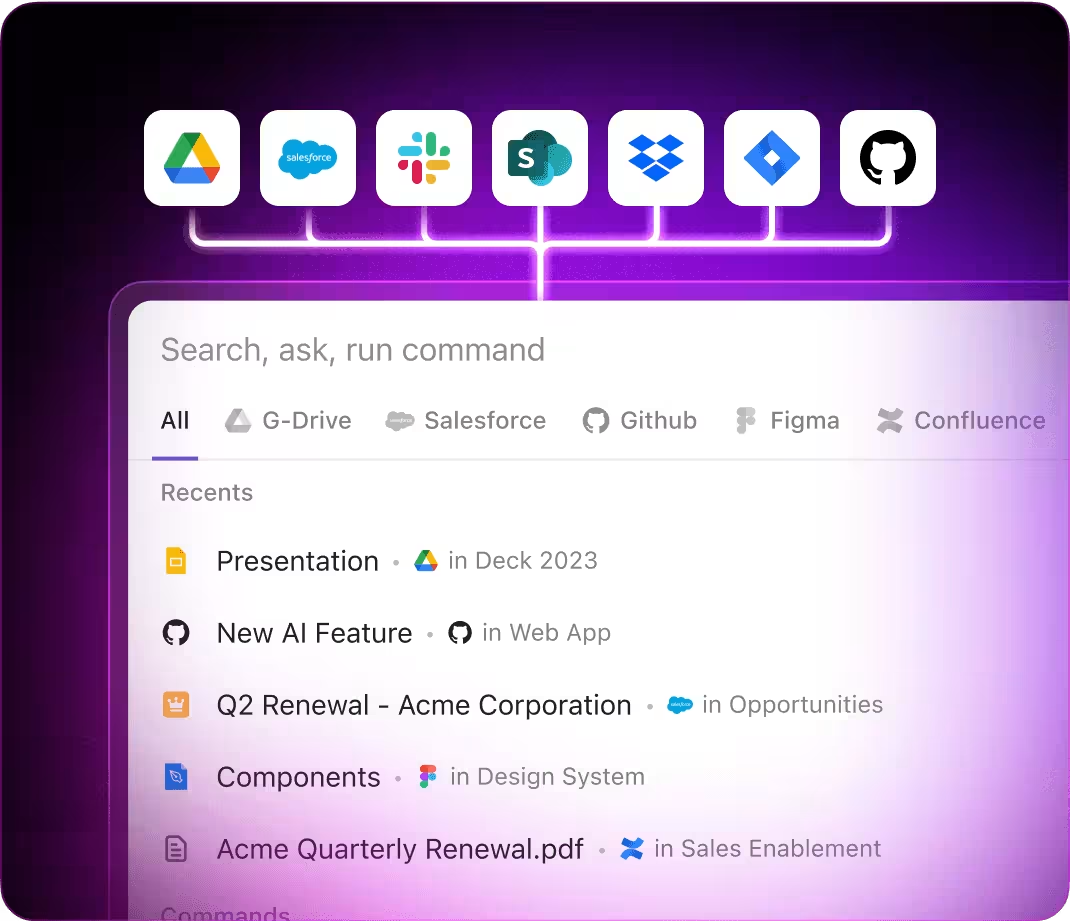
AI Prompts Tailored for Critical Path Method with ClickUp Brain
Discover How ClickUp Brain Enhances Project Scheduling and Workflow Management
Prompts for ChatGPT
- Outline the main milestones in a critical path schedule for a product launch, emphasizing dependencies.
- Compose clear communication templates for stakeholders about project timeline risks and mitigation plans.
- Generate three alternative resource allocation strategies to optimize the critical path duration.
- Draft a stepwise guide for integrating risk assessments into critical path updates.
- Summarize recent project delays and identify bottlenecks affecting the critical path.
Prompts for Gemini
- Propose three visualization styles for critical path charts tailored to cross-functional teams.
- List innovative methods to track task dependencies and their impact on project delivery.
- Create a mood board description for a project dashboard focused on timeline clarity and team collaboration.
- Suggest task prioritization frameworks for projects with tight deadlines and limited resources.
- Develop a comparison table of scheduling tools highlighting features that support critical path analysis.
Prompts for Perplexity
- Identify five common causes of critical path delays and rank them by frequency.
- Compare software solutions for critical path method management, focusing on usability and integration.
- Summarize industry trends in project scheduling automation and their adoption rates.
- Generate a list of five best practices for updating critical path timelines during project execution.
- Analyze case studies of critical path failures and extract key lessons for future projects.
Prompts for ClickUp Brain
- Transform this project update into prioritized critical path tasks with assigned owners and deadlines.
- Summarize meeting notes on project dependencies and generate follow-up action items in ClickUp.
- Review annotated Gantt charts and produce a checklist of tasks impacting the critical path.
- Create a task list from team discussions on schedule adjustments, including risk levels and mitigation steps.
- Summarize feedback from project retrospectives and generate actionable improvements for future critical path planning.
Why ClickUp Excels
Transform Initial Plans Into Clear Project Paths
- Convert scattered thoughts into detailed project timelines swiftly.
- Generate innovative strategies drawing from previous project data.
- Build adaptable templates that accelerate every phase.
Brain Max Boost: Quickly access historical schedules, team notes, and resource files to guide your upcoming critical path planning.
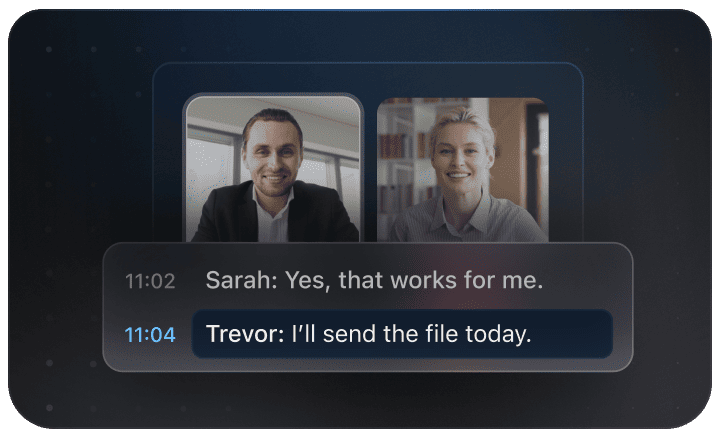
Why Choose ClickUp
Accelerate Your Critical Path Planning
- Break down intricate project timelines into manageable tasks.
- Transform planning sessions into actionable assignments effortlessly.
- Automatically create progress summaries and milestone reports without lifting a finger.
Brain Max Boost: Quickly access historical project timelines, resource allocations, or dependency details across your portfolio.
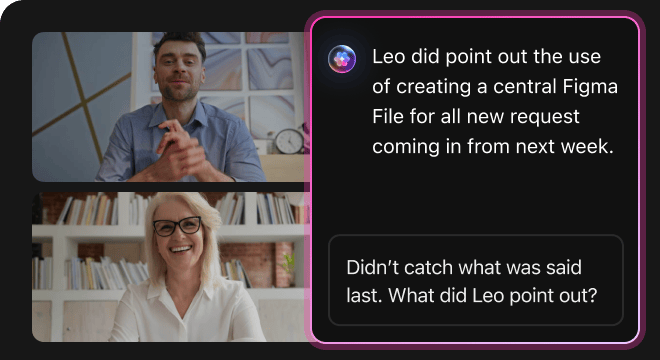
AI Advantages
How AI Prompts Elevate Every Phase of Critical Path Planning
AI prompts accelerate planning and reveal clearer paths to project success.
Instantly Map Out Key Project Steps
Project managers outline essential tasks quickly, prioritize effectively, and avoid planning bottlenecks.
Enhance Decision-Making Accuracy
Make informed choices, minimize delays, and align schedules with stakeholder expectations.
Identify Risks Before They Escalate
Detect potential bottlenecks early, reduce costly overruns, and keep timelines on track.
Unify Teams Around Clear Objectives
Improves communication, prevents misunderstandings, and accelerates approvals across departments.
Drive Continuous Process Improvement
Encourages innovative scheduling, optimizes resource use, and adapts to changing project demands.
Integrated AI Support Within ClickUp
Transforms AI insights into actionable tasks that propel your project forward.
Speed Up Your Project Planning
Cut down mistakes, simplify transitions, and produce sharper results using AI support.





